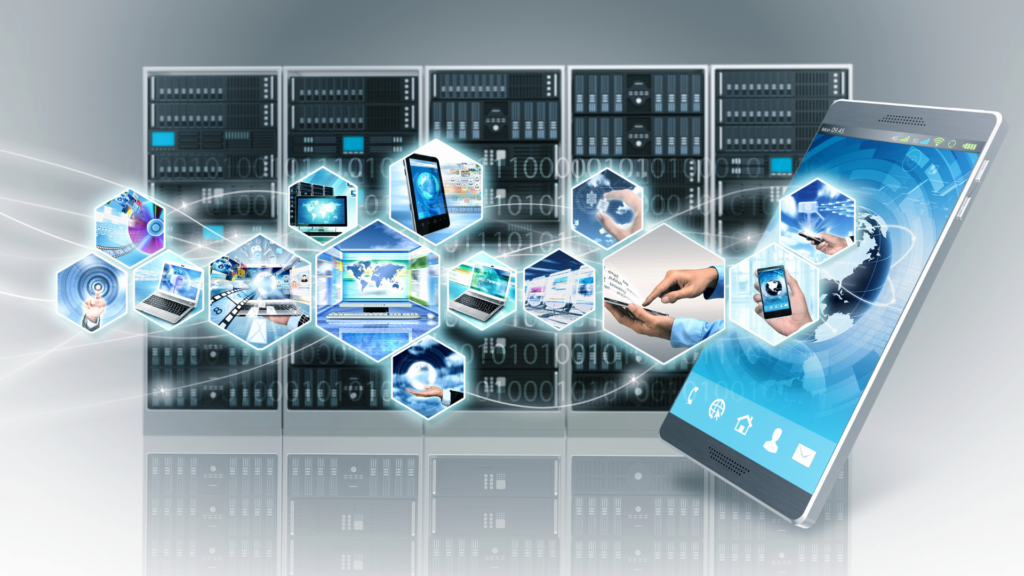KEY TAKEAWAYS
In an era where cyber threats evolve daily, maintaining software updates is more crucial than ever. These updates enhance functionality and are vital in fortifying defenses against cyberattacks.
This comprehensive guide will explore why keeping software updated is an essential cybersecurity practice and how organizations can implement effective update strategies with the support of managed service providers and SIEM solutions.

Software Updates: More Than Just Enhancements
Software updates do much more than add new features or improve usability. They are critical for patching security vulnerabilities and protecting against new strains of malware and cyberattacks.
Neglecting software updates can expose your system to threats that could have been easily avoided with the latest security patches.
How Hackers Exploit Outdated Software
Regular training sessions for your employees can dramatically decrease the risk of successful phishing attacks. Focus on helping them recognize the signs of phishing emails, such as urgent language, generic greetings, and misspelled URLs.
Simulation exercises can also be beneficial by providing practical experience in identifying phishing attempts.
Leveraging Managed SIEM for Enhanced Security Monitoring
Managed Security Information and Event Management (SIEM) plays a pivotal role in comprehensive cybersecurity strategies, including managing software updates.
Managed SIEM systems can monitor an organization’s network for signs of an attack, especially those potentially exploiting outdated software, and can promptly automate responses to mitigate risks.
Establishing a Routine Update Protocol
Developing and adhering to a scheduled update protocol is essential.
Organizations should prioritize updates that address severe vulnerabilities and ensure that all software, from operating systems to applications, is regularly updated.
Expertise and Support in Handling Updates
Managed service providers (MSPs) are invaluable in maintaining an organization’s software updates.
They can handle the logistics of deploying updates across complex networks, ensuring that all systems are consistently protected against the latest security threats.
Utilizing Technology to Ensure Timely Updates
Automated tools can help organizations keep their software up-to-date without manual intervention.
These tools can schedule and apply updates during off-peak hours, minimizing disruption to operations while keeping security tight.
Overcoming Obstacles to Stay Protected
Despite the clear benefits, many organizations face challenges managing software updates, such as compatibility issues and downtime concerns.
Addressing these challenges requires a balanced approach that considers security and operational continuity.
Trends and Predictions for Enhanced Security
As technology evolves, so too does the approach to software updates.
Future trends likely include more sophisticated automated systems, increased use of artificial intelligence in update management, and greater integration with overall cybersecurity strategies.
Keeping software updated is crucial to protect against cyber threats that exploit old vulnerabilities, ensuring system security and data integrity.
Managed SIEM helps monitor networks for potential threats and ensures that systems with outdated software are identified and updated promptly to mitigate risks.
MSPs can manage the deployment of updates across all systems, ensuring consistency and compliance with security policies.
Common challenges include ensuring compatibility between new and existing systems and managing the downtime required to apply updates.
Yes, automated tools help apply updates consistently and without significant administrative burden, often during times that minimize impact on business operations.
Software should be updated as frequently as the manufacturer releases security patches or when critical vulnerabilities are discovered.
We provide a range of cyber security professional and managed services. We will work with you to create the solution that manages your needs, your way.
Address: 4412 14th Ave, Markham, ON L6G 1C6
Phone: (647) 360-1551